Caravan 240v Power Safety
One of the most common questions on caravan forums and user-groups is “How do I plug my 15 amp lead into a 10 amp domestic power point?” While to most of us the answer to this would seem simple, the number of simply wrong and dangerous replies would suggest otherwise. It is so bad that many forums now delete such posts mainly because these people who offer incorrect advice are not just putting other people’s lives at risk, but they are also, in many cases, openly incriminating themselves. In this article, we try to give you the very basics and an understanding of the laws behind what you can do and what you can’t do regarding your caravan’s 240v mains power.
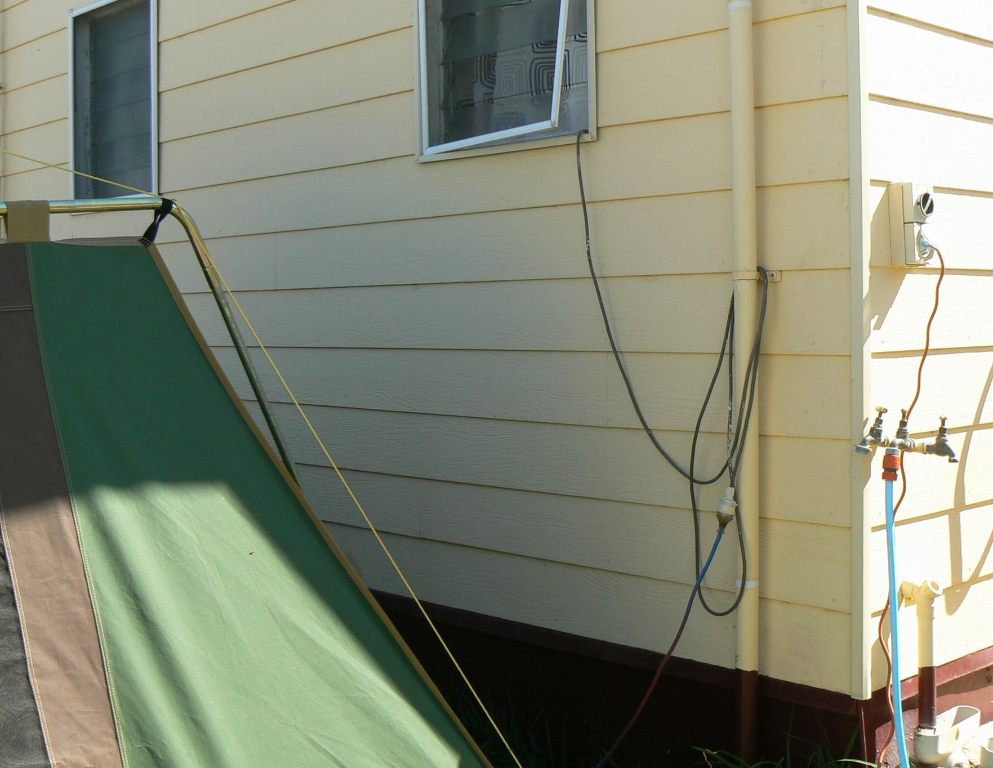
In the old days, when we didn’t know a lot better, in order to get power to our caravan from a domestic household power point, it would be a simple matter of taking a regular 10 amp electrical extension cord, chopping off one of the ends and replacing it with a 15 amp plug. Job done. Almost everyone did it and no one thought anything of it. The problem with this setup is that the potential exists for the caravan to draw more current than the power point, and the wiring behind it, is designed to cope with. 5amps may not seem like a lot but I can tell you that at 240v, a 5 amp load is enough to kill a human being. The potential for wires to melt and start a fire is a real possibility with this setup. Also, not everyone knew how to wire up these leads correctly, creating yet more potential for an electrical nightmare. The number of possible dangers that arise out of this one simple act is mind blowing.

According to insurance provider Allianz, approximately 1,493 people in Australia were hospitalised in 2002 to 2004 because of electrical injuries.
The law on this matter is reasonably clear, with state and territory governments being quite strict in dealing with do-it-yourself electrical work. The NSW Fair Trading, for instance, states: “An electrical licence is required before any electrical wiring work can be undertaken in NSW, regardless of the cost of the work and regardless of whether the work is residential, commercial or industrial.”
Similarly, WorkCover Queensland says that you must: “Always get a licensed electrical contractor to do any electrical work.” Performing unlicensed DIY electrical work has penalties of up to $40,000 for individuals, while breaches that cause a death/grievous bodily harm draws a maximum penalty of $100,000 for individuals or a jail term of two years.
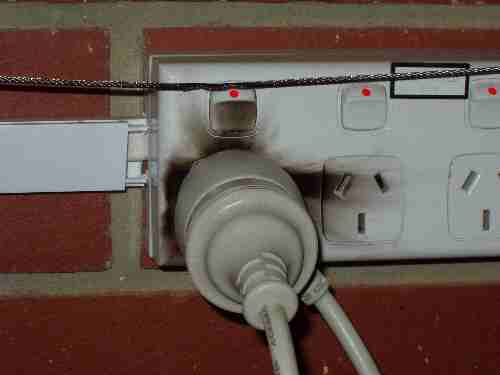
But what is actually defined as electrical work? Again, looking back at what NSW Fair Trading say, the term means: “The actual physical work of installing, repairing, altering, removing or adding to an electrical installation or the supervising of that work.”
Where the term “electrical installation“, refers to: “Fixed appliances, wires, fittings, apparatus or other electrical equipment used for (or for purposes incidental to) the conveyance, control and use of electricity in a particular place, but does not include any of the following:
- Subject to any regulation made under Electricity (Consumer Safety) Act 2004 subsection (4) – any electrical equipment used, or intended for use, in the generation, transmission or distribution of electricity that is:
- Owned or used by an electricity supply authority, or
- Located in a place that is owned or occupied by such an authority.
- Any electrical article connected to, and extending or situated beyond, any electrical outlet socket.
- Any electrical equipment in or about a mine.
- Any electrical equipment operating at not more than 50 volts alternating current or 120 volts ripple-free direct current.
- Any other electrical equipment, or class of electrical equipment, prescribed by the regulations.”
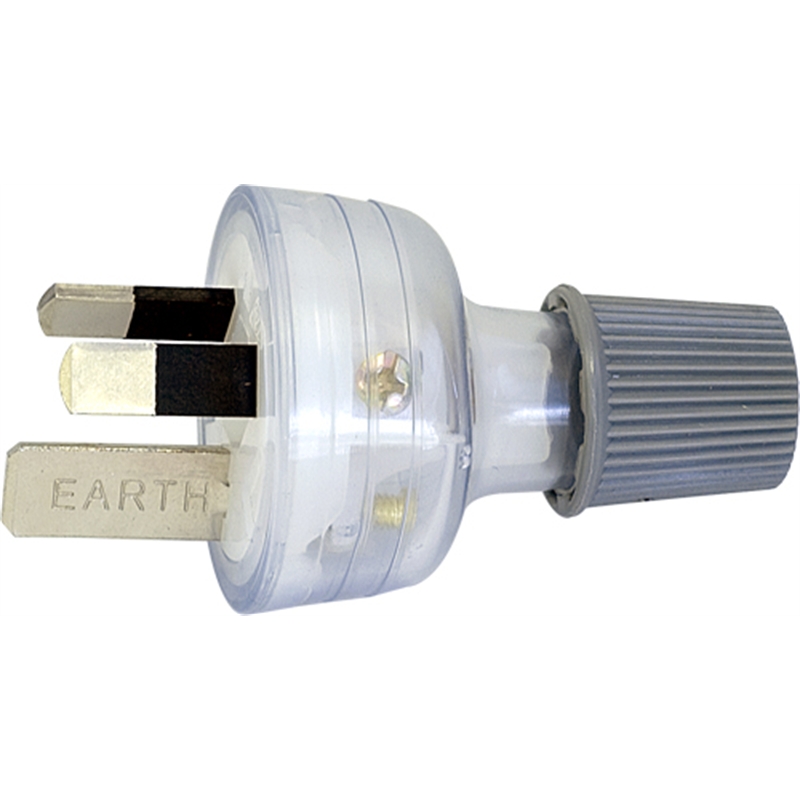
While the regulations in other states differ slightly, their definitions are largely the same. Queensland’s Electrical Safety Act 2002, for instance, states what isn’t covered by the term “electrical work“, which includes:
- Replacing electrical equipment or a component of electrical equipment if that task can be safely performed by a person who does not have expertise in carrying out electrical work (e.g. replacing a light bulb or fuse).
- Connecting electrical equipment to an electricity supply by means of a flexible cord plug and socket outlet (e.g. plugging in an appliance).
- Assisting a licenced electrical worker to carry out electrical work, on electrical equipment under the direct supervision of the electrical worker, if the assistance does not involve physical contact with any energised electrical equipment.
Under Queensland’s Electrical Safety Act 2002, forbidden tasks include:
- installing a new power point.
- replacing a light switch.
- replacing a batten holder with a new light fitting.
- repairing an appliance such as a heater.
- altering the location of an existing power point.
- replacing a light fitting with a ceiling fan.
- constructing an extension lead.
- replacing a plug on the end of a lead.
At the end of the day, they all say the same thing that only licenced electricians or registered electrical contractors may perform home, commercial or industrial electrical work. That includes caravan, motorhomes and camper trailers. All that the home DIYer can do in the 240v mains system is replace a lightbulb or a fuse. That’s about it.
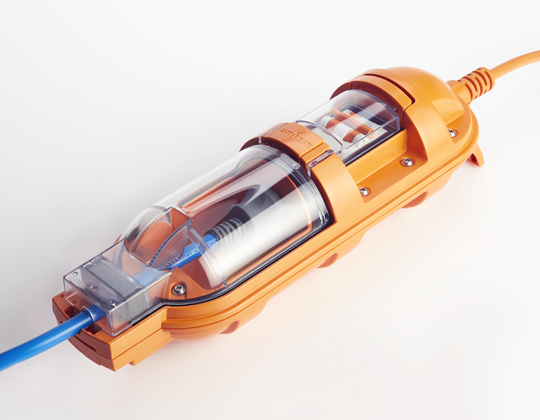
These laws extend beyond just home electrical work. They are applicable to any work involving voltages over 50 volts. So performing such work on a caravan or even a generator or inverter is also covered by these laws, whereas 12v power systems are not.
So when I read about people who have ground down 15 amp power plugs to make them fit into a 10 amp power point, I cannot understand how that could be considered a reasonable and legal thing to do. I also read recently how someone had drilled out the 10 amp outlets on their generator so they could fit the 15 amp extension cord. It is just madness…!! Not only are these actions dangerous, they can render your insurance void in the event of a claim.
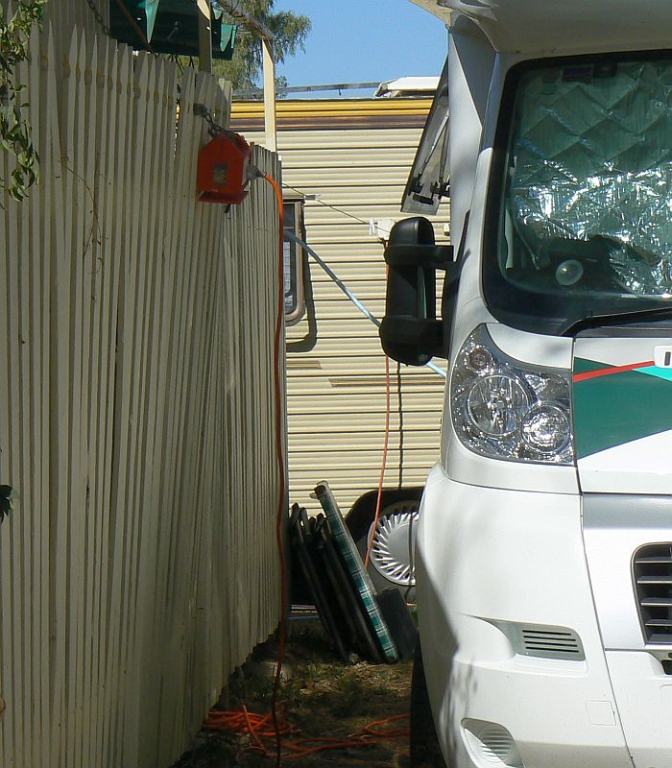
Today there are so many off the shelf products that allow you to safely and legally connect a caravan to a domestic power point. The Ampfibian would be the most popular and highly regarded but there are others that also comply with the laws. Yes they can cost a bit of money. The top of the range Ampfibian costs around $260. But when you consider the cost of a new caravan, it’s a very small price to pay for the safety of your property and, more importantly, your life.
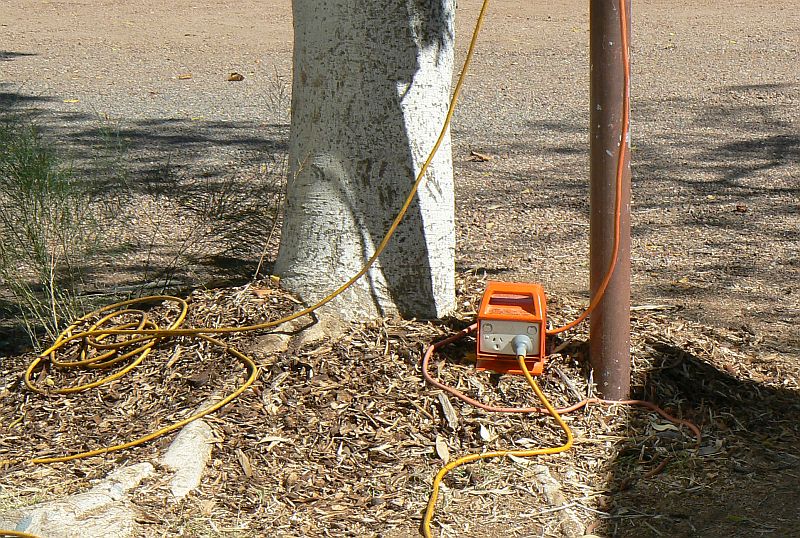
Please….no matter what you may read in a forum or facebook group, NEVER make your own power cables. Do not do any work on your RV’s 240v electrical systems. Always buy quality products from major retailers that conform to Australian Standards.
If in doubt, seek professional advice from a reputable and licenced electrician.
Stay safe
Thanks to Peter from the Caravanners Fourm for the use of their pictuires in this article.

